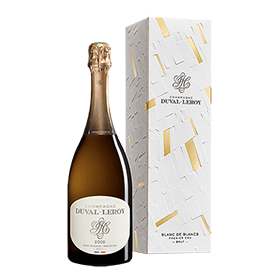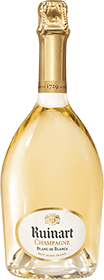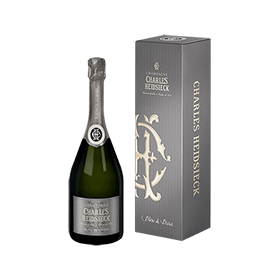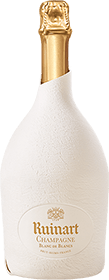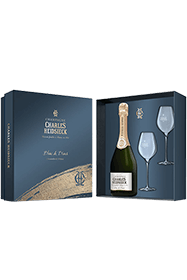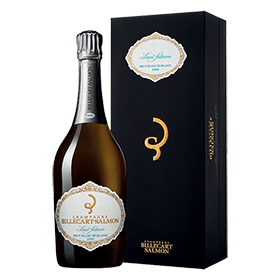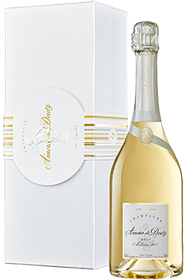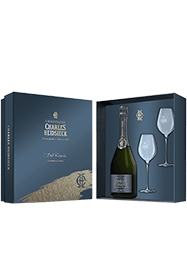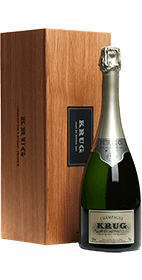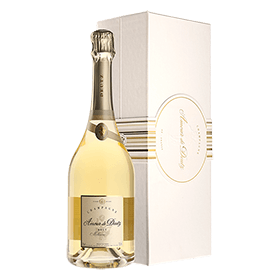“Blanc de blancs” Champagne represents an exceptional category in the world of sparkling wines. Unlike traditional Champagnes, which result from a blend of black and white grape varieties, this singular cuvée is crafted exclusively from white grapes.
Which grape varieties are used in its composition?
Chardonnay reigns supreme in the making of blanc de blancs Champagnes. This noble, white-skinned grape forms the backbone of these cuvées, although the appellation’s specifications also allow rarer white grapes such as Petit Meslier, Arbane, and Pinot Blanc.
Where are its preferred terroirs in Champagne?
Blanc de blancs Champagnes find their chosen land on the Côte des Blancs, an emblematic region south of Épernay. This exceptional chalky terroir offers ideal conditions to reveal the full expression of Chardonnay. Blanc de blancs are also found on the chalk soils of the Montagne de Reims, notably in the Grande Montagne sector, as well as more sporadically in certain areas of the Côte des Bar, such as Montgueux.
Champagne blanc de blancs: how is it made?
The production of a blanc de blancs Champagne follows the traditional méthode champenoise: after a first alcoholic fermentation, a second fermentation in the bottle creates the fine bubbles characteristic of Champagne. Made from a blend composed exclusively of white grape varieties, the wine then rests on its lees, during which it refines its texture and develops aromatic complexity.
What aromatic palette does it reveal?
Blanc de blancs Champagnes are distinguished by a profile dominated by freshness, floral notes, citrus, and minerality. In their youth, they offer a lively, delicate palate with aromas of lemon, green apple, and white flowers. Over time, they evolve toward more complex notes of brioche, toast, dried fruits, and a saline touch characteristic of chalky terroirs. Their balanced acidity gives them excellent aging potential and incomparable elegance.
Which blanc de blancs cuvées are the most renowned?
Among the emblematic blanc de blancs cuvées, Maison Ruinart stands out for its exceptional finesse, showcasing Chardonnays sourced mainly from the prestigious Côte des Blancs. Interested in this bottle? Discover Ruinart Blanc de Blancs in our portfolio!
Comtes de Champagne by Taittinger, for its part, embodies pure prestige: this vintage cuvée is unanimously praised for its remarkable elegance and outstanding aging potential. In the same register of excellence, Maison Louis Roederer unveils a reputed blanc de blancs, combining firm structure and aromatic richness thanks to a rigorous selection of the finest terroirs.
Blanc de Blancs and Blanc de Noirs – two expressions of Champagne
Blanc de Blancs and Blanc de Noirs embody two fascinating interpretations of Champagne. The Blanc de Blancs, made exclusively from white grapes, mostly Chardonnay, stands out for its finesse, minerality, and vibrant freshness. The Blanc de Noirs, crafted from black grape varieties such as Pinot Noir or Meunier, reveals a powerful, rounded, and structured character, with notes of red fruits and seductive depth. Both styles express, each in their own way, the art of blending and the diversity of the Champagne terroir.




